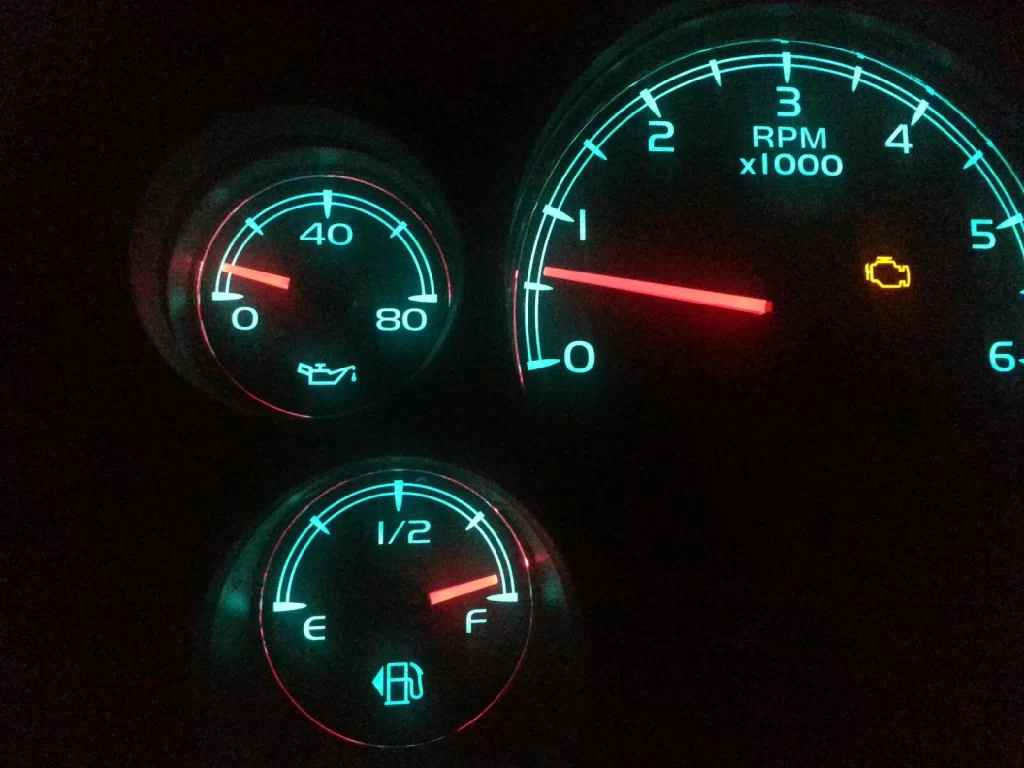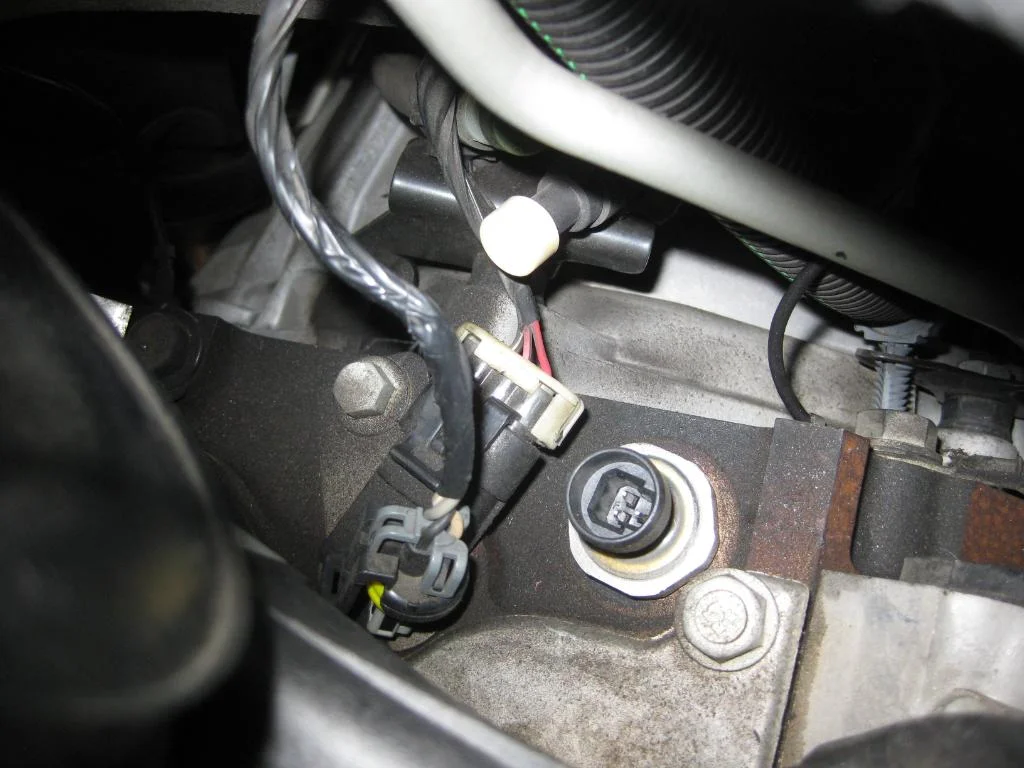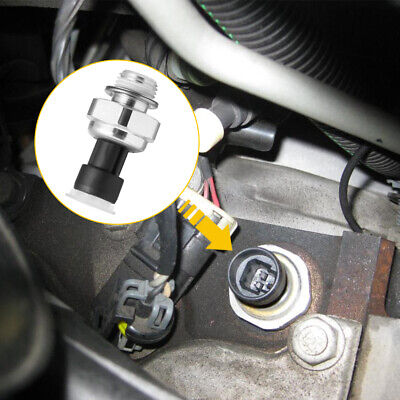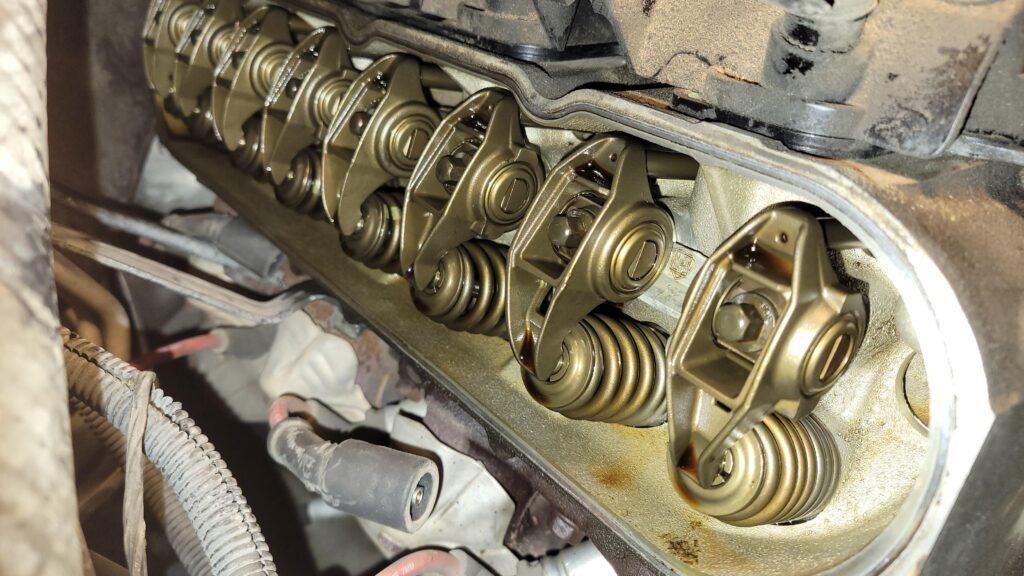The 2007 GMC Yukon Denali is known for sometimes developing low oil pressure problems with its 6.2L V8 engine. This was an issue I ran into with my own 2007 GMC Yukon Denali and led me on a diagnostic journey to figure out the root cause.
Checking the Basics of 2007 GMC Yukon Denali 6.2
When I first noticed the low oil pressure light coming on intermittently in my 2007 GMC Yukon Denali, the first thing I did was check some basic maintenance items. I changed the oil and oil filter, making sure to use a high-quality full synthetic oil. I also checked that the oil level was correct. Surprisingly, after this the light seemed to go away for a while. But it eventually came back on.

Inspecting for Leaks
Next, I got under the truck with a flashlight to inspect for any obvious oil leaks. A common culprit on these trucks is leaking o-rings on the oil gallery plugs underneath the valve cover. Over time, the heat and pressure can cause these o-rings to fail. When this happens, oil is able to bypass the pickup tube and not get returned to the oil pan. I noticed a small leak from one of these plugs on my 2007 GMC Yukon Denali.
Replacing the Pickup Tube O-Ring
After ruling out more major issues like a bad oil pump, many technicians agree that a failing pickup tube o-ring is usually the culprit for low oil pressure on the 6.2L V8. This small o-ring is critical to creating the suction needed to draw oil up to the pump. But years of heat and vibration can cause it to crack or shrink. On my 2007 GMC Yukon Denali, replacing this o-ring was a relatively simple fix that only took an hour or two. Almost immediately, my oil pressure issues went away.

Trying Thicker Oil for 2007 GMC Yukon Denali 6.2
When I first started having symptoms, I wanted a quick fix until I could address the root cause. One suggestion I came across was trying thicker oil, like 10W-30 instead of the usual 5W-30. The theory is that thicker oil could help overcome minor leaks or o-ring issues better than thinner oil. While it didn’t fully solve the problem long-term, I noticed the low pressure light would come on less frequently with the thicker oil in my 2007 GMC Yukon Denali. It helped as a temporary bandaid.
Checking the 2007 GMC Yukon Denali 6.2 Oil Pressure Sensor
No diagnostic would be complete without checking the oil pressure sensor itself. A faulty sensor could be triggering the light even if actual oil pressure is fine. On my truck, the sensor was easy to access on the back of the block. I swapped it out with a new AC Delco part, and my code reader confirmed the new sensor was reading properly. However, my oil pressure issues persisted which pointed me to a more mechanical problem.

Replacing the Oil Pan Gasket
For a more involved fix, some owners report success after replacing the oil pan gasket. With the pan dropped, technicians can also inspect the oil pump pickup and thoroughly clean the screen and tube. Any debris here could cause intermittent pressure losses. This repair can be tackled with the front differential still in place with some extra effort. When I get some time, this is next on my list to try on my 2007 GMC Yukon Denali for a permanent solution.
Considering an Oil Pump Replacement
Occasionally the oil pump might start to show signs of wear and tear after years of use and high mileage. In vehicles, with than 200,000 miles a faulty pump may struggle to sustain pressure particularly when idling. Fixing this problem necessitates a dismantling of the engine components, which is considered a measure of last resort due to the labor intensive nature of the task. Currently all indications suggest that the issue with my 2007 GMC Yukon Denali does not stem from the pump; however it’s worth considering this as a concern, in the future.

Monitoring for Other Symptoms
Make sure to watch for indicators besides low oil pressure, such, as loud engine sounds, a shaky idle or a lit up check engine warning. Using a pressure gauge can be quite handy in detecting and identifying problems as they occur. By paying attention to these signs on my 2007 GMC Yukon Denali I’ve become more adept, at figuring out the underlying issue.
Taking Your Time with Repairs
Fixing cars can be a bit of a hassle. Its crucial not to let frustration get the best of you. When you rush through repairs you might overlook details. End up causing more problems. From my experience it’s wise to examine, clean and replace all parts when addressing oil pressure issues in a 2007 GMC Yukon Denali. Taking your time tends to result in long lasting fixes compared to quick fixes. So take it slow and steady – you’ll have everything sorted out in no time.

Final Thought
If you own a 2007 GMC Yukon Denali and have been dealing with intermittent low oil pressure, I hope sharing my experience has provided some helpful guidance. Make sure you check everything carefully during your diagnostics try out solutions well as more complex fixes and reach out to online communities if you need help. With a bit of patience and the proper care or repairs your powerful V8 engine will be running smoothly again before you know it.


